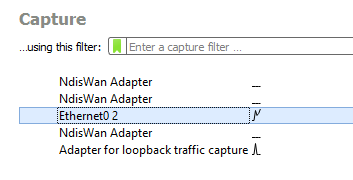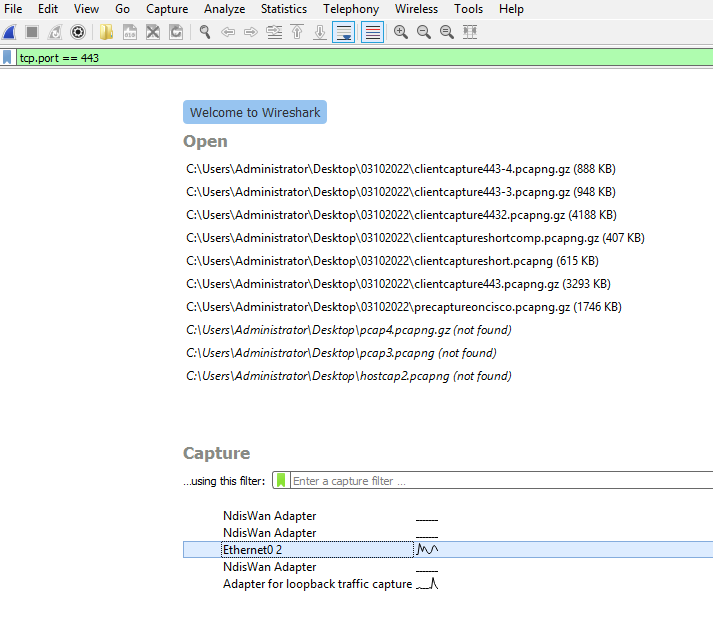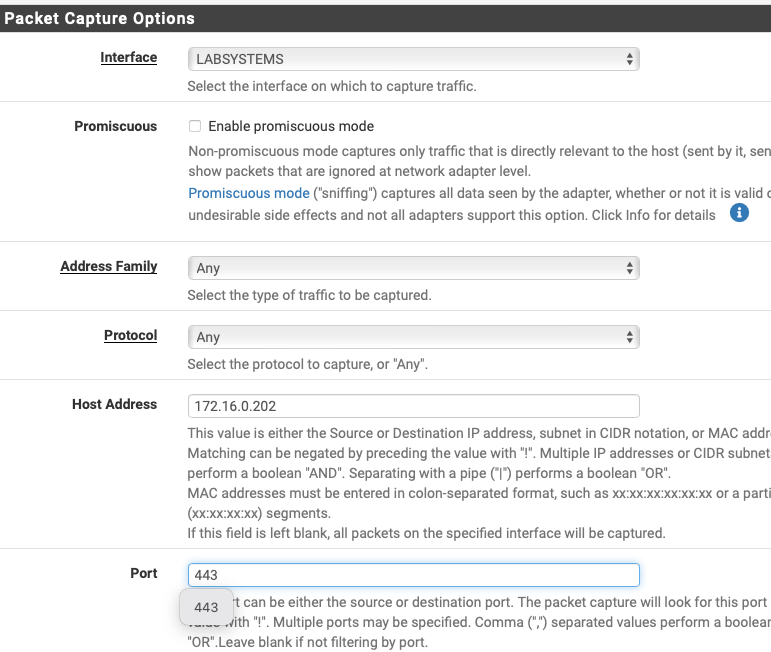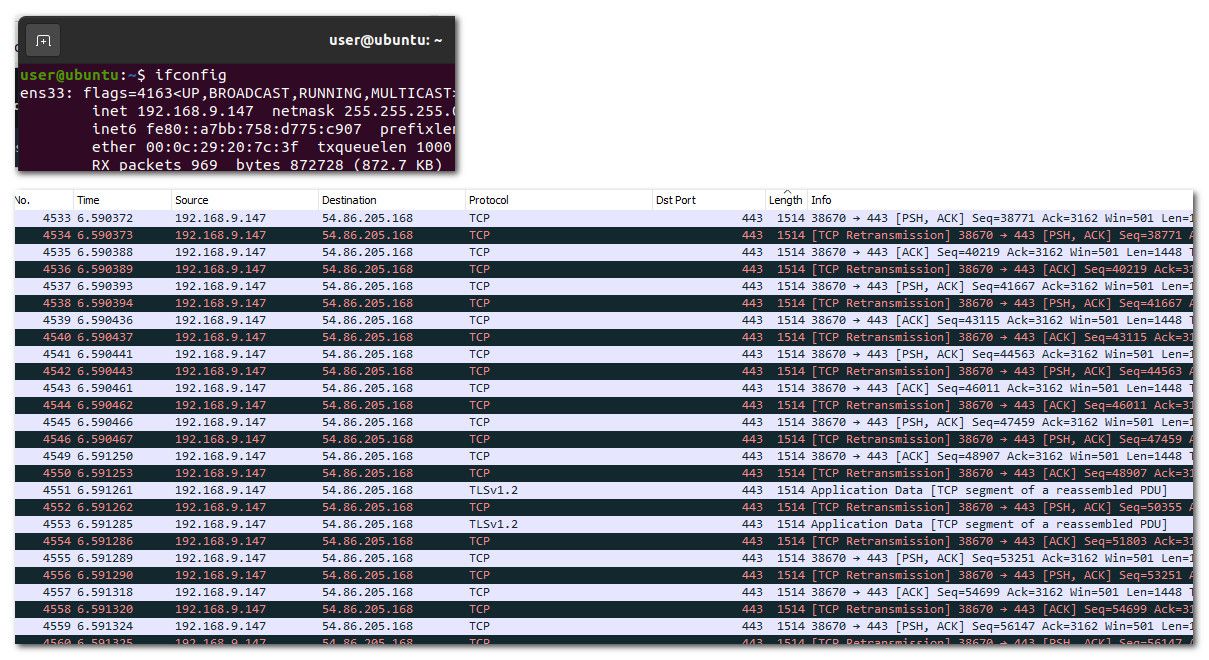VMware Workstation VMs Web Traffic Being Blocked
-
@daddygo I wonder if that has something to do with shared VM?
https://communities.vmware.com/t5/VMware-Workstation-Pro/Shared-VM-gone-in-workstation-16/td-p/2303228
After installing version 16, I realized that the Shared-VM feature was removed and there is no "hostd" service on Linux but in windows "hostd" exist but there is not any section for configuration in GUI or CLI!
Looks like it maybe went away, and then came back in 16.1 - but maybe gone again in 16.2?
https://docs.vmware.com/en/VMware-Workstation-Pro/16.2.0/rn/VMware-Workstation-1620-Pro-Release-Notes.html
The shared virtual machine feature is no longer supported from Workstation 16.2.0 Pro. -
@johnpoz said in VMware Workstation VMs Web Traffic Being Blocked:
I realized that the Shared-VM feature was removed and there is no "hostd" service on Linux but in windows "hostd" exist but there is not any section for configuration in GUI or CLI!
I started with 16.0 and upgraded to 16.2.2 (step by step), but never ran windows here, only Ubuntu Focal desktop installed..
(I only use it for daily work, Ubuntu on one monitor and Win10 on the other)
-
@dfinjr Where exactly are you sniffing.. Sniff your traffic on that .202 workstation, on the interface that you have bridged your VM with.. I take it there is only 1?
Look and see what is being put on the wire.. If its not your standard 1500 (1514) sized frame, then yeah your going to have problems.
Your saying that VMs on this .203 host are not having problems - sniff there what are the frame sizes?
-
@daddygo
The tp-link is a L2 switch model: TL-SG108.@johnpoz
Those earlier uploads with the word "client" are all from .202, the additional capture is from pfsense. Yep, the .202 client captures are from the bridged "ethernet" adapter. Only connected interface on the system outside of "loopback"

So let me clarify there. .201 is the hosting system (no browing issues) and .202 - .204 are all VMS having the browsing issues.
How is your lab test going?
-
@stephenw10
Happy to execute any ideas that you have as well. Please don't hesitate to ask. -
Mmm, I think this is not what it appears at all. I suggest the NIC driver is doing something that simply makes it appear to be large frames in the virtual network.
Looking at the simultaneous pcaps from earlier (were they actually simultaneous?) it appears what's happening here is the 'Server Hello' packet from an external server never makes it to the client.
If this is an MTU issue it appears to be the other way, large packets are not passed into VMWare.Steve
-
Looks like the pfSense side was only set to 100 packets so it's hard to know for sure we are seeing the same thing. Also it wasn't filtered by an external IP.
Can we see simultaneous pcaps from the pfSense client and LAN filtered by the external you try to connect to. At least 1000 packets on each. Though if it's filtered you should not need that many.
Steve
-
@stephenw10
That is interesting about the packet size being virtual side only.Yep they're as simultaneous and I can think to make them. The capture from pfsense will be longer as I do these steps: Pfsense > Packet capture > set interface to labsystems (vlan 2000 - 172.16.0.0/24) > host 172.16.0.202 > port 443 > start capture > jump to vm > start Wireshark listing for tcp 443 > bring up chrome and browse to the sites that aren't playing ball > let capture run for about 8-10 seconds > stop > save as with compression > stop capture of pfsense > upload both to this forum.
I'd be happy to run another capture. I have a 2mb hard upload limit on this site so I was intentionally trying to keep these small. I'd be happy to upload a bigger packet capture just let me know where.
Can you frame out for me exactly how you want me to kick off the capture, how long and with doing what? Just want to make sure I get it to the exact criteria that you need to see.
-
Yeah, that's absolutely what's happening here. Look at the second pair of captures. Filter by
ip.addr == 151.101.2.219.
That IP sends the Server Hello in 4 TCP segments but the client only receives the last part, smallest packet.
Connection fails. -
@stephenw10
So are you thinking that comms are getting out from the client out to the hosting internet server, the hello traverses back and then the larger packets aren't surviving? What do you think could cause that? -
Can you pcap on the VMWare host interface? to see if it arrives there?
-
@dfinjr said in VMware Workstation VMs Web Traffic Being Blocked:
What do you think could cause that?
as Stephen says " Can you pcap on the VMWare host interface?"
pls. plug the laptop directly into the SG's port 4 and start a packet capture on both the box and the laptop
BTW:
if the .pcap is too big give us a dropbox or mega, etc link -
I want to make sure I capture this right. So I'll eliminate the switch, go direct host > netgate.
Start a capture on the vm targeting this

Then also capture such as this from Pfsense:

If that is all correct, how long of a capture would you like?
Please tune before the capture want to get you all what you need first shot.
-
FYI I have disconnected the switch from scenario so it is direct from netgate > vm hosting laptop.
Still seeing the browsing issue but I know we're about to capture based on that, just wanted to let you know.
-
You should filter by the destination IP in pfSense if you can otherwise we see all the local traffic and make sure you set the packet count to 1000.
On the other side try to capture on the VMWare host not the VM. We already have caps from the VM showing the large packets failing to arrive. We need to see if they arrive at the VM host interface.
Steve
-
@stephenw10
So some difficulty here.attempting to capture packets I have this two virtual adapters on the hosting system:

Very interesting. Just sniffing these two interface yield nothing. I go to .202 and browse to netgate.com and 0 packets show up on either of these.
Did you mean the literal physical adapter on the host machine?
-
@dfinjr Those are like I showed you - those are for use say with natting or just a host network and only vms can only talk to each other.
For someone that has multiple workstations running vm workstation, seem not to know much about how it works ;)

I am really curious where exactly use sniffed and on what - because when I snff on the physical interface of the host that is doing bridging like you said your doing.. I see duplicated packets.. Which is common on such a setup..
https://ask.wireshark.org/question/8712/duplicate-packets-from-vmware-host/

There was actually a some what recent thread around here where user was seeing the dupe packets, and it was this because of his vm setup and what interface sniffing on, etc. But that is not actually what is going on the wire.. If you sniff elsewhere on the network..
If you notice the time stamps - they are nano seconds apart, you are seeing as enters the bridge and when leaves the bridge. You can see the same sort of thing when sniffing on a vlan interface on a higher end switch, you see when it enters the vlan and when it leaves because your sniffing on the vlan and not specific interface. Same sort of thing here when your sniffing on a bridged interface..
-
@dfinjr said in VMware Workstation VMs Web Traffic Being Blocked:
Did you mean the literal physical adapter on the host machine?
Yes I would start there. Make sure the replies from the external hosts are making it that far first. Since you only changed the Cisco for pfSense it seems something must be different. Though it's hard to see what!
-
@stephenw10
Sorry got held up with work, attempting the capture pieces now. -
Apologize that took me so long everyone. Had some work stuff hit me between the eyes and beyond that I wanted to get a good clean capture, filtering out most of the noise by ports that don't matter to this. I think I have a good capture. 2 files: test2 capture was done from the VM hosting system listening just for the IP address 172.16.0.202 and not capturing anything to do with 3389 and 52311 (BigFix Port) and file packet capture-5 is from pfsense listening on the interface where the system resides but filtering out 3389 and 52311 again. I haven't analyzed this myself yet but think it is the most solid one I've captured yet. With the filters I was able to capture a far longer. Captured till the browser on the VM gave up and spit out an "err_timed_out". Please let me know what you think. packetcapture-5.cap test2.pcapng.gz